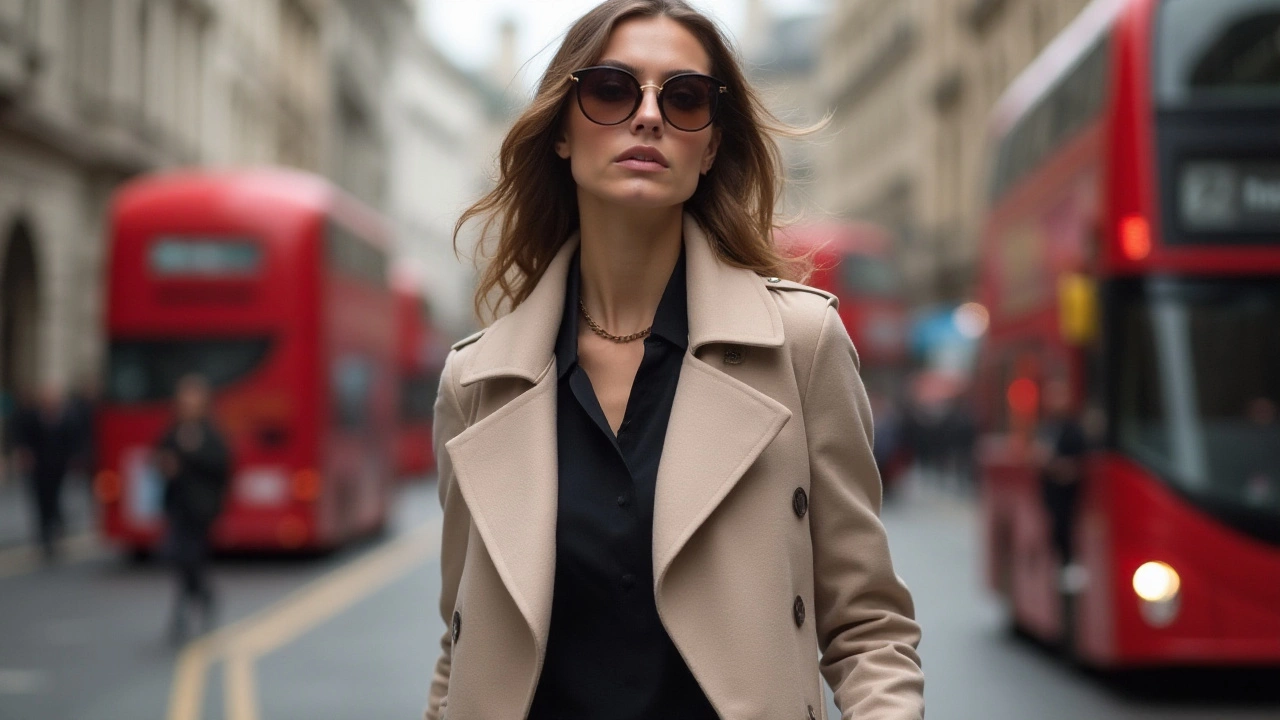Jacket Types: A Practical Guide to Picking the Right Coat
When the weather turns, the right jacket does more than keep you warm – it finishes your look. But with so many styles out there, which one actually fits your life? Below you’ll find the most common jacket types, why they matter, and simple tips to make the right choice without over‑thinking.
Everyday Essentials: The Core Jackets Every Man Needs
1. The Classic Blazer – Perfect for work meetings, dinner dates, or a smart‑casual weekend. Look for a breathable wool blend, a slim but not tight fit, and a single‑breasted button. Pair it with chinos or dark jeans for instant polish.
2. The Light Bomber – Ideal for mild chill and street‑style vibes. A ribbed collar, elastic cuffs, and a zip front keep it cool and functional. Choose a satin or matte finish depending on whether you want a sporty or understated feel.
3. The Heavy Overcoat – Your go‑to for winter freezes. Look for a longer cut (knee‑length works well) and a thick wool or cashmere blend. Double‑breasted designs add extra warmth and a dash of heritage style.
Specialty Jackets: When You Need Something Specific
4. The Waterproof Raincoat – No one wants a soaked shirt. A breathable, taped‑seam raincoat with a detachable hood keeps you dry while still looking tidy. Opt for a neutral colour like navy or olive so you can match most outfits.
5. The Leather biker – Great for evenings out or adding edge to a casual look. Real leather ages well; just treat it with conditioner every few months. A fitted silhouette works best—too baggy and you lose that sleek vibe.
6. The Field or Utility Jacket – Loaded with pockets and a sturdy cotton canvas, this piece is perfect for weekend projects or outdoor adventures. A waist‑adjustable drawstring helps you layer without bulk.
Knowing these types helps you avoid buying jackets you’ll never wear. A good rule of thumb? Stick to three to five core pieces and add one specialty jacket per need.
How Many Jackets Should You Own?
Think of your wardrobe like a toolbox – you need the right tool for each job, not a whole garage full of duplicates. A practical collection usually includes:
- One smart blazer for work or formal events.
- One lightweight bomber for everyday casual wear.
- One heavy overcoat for cold months.
- One raincoat for wet days.
- One leather jacket for style boosts.
From there, add a field jacket or a lightweight fleece when your activities call for it. This lineup keeps you prepared without clutter.
Quick Etiquette: When to Take Your Jacket Off Indoors
Removing a jacket inside isn’t just about comfort – it’s also good manners. If the room is heated, the jacket can make you overheat, leading to sweat and an untidy look. Take it off as soon as you settle at a table, sit down for a meeting, or enter a restaurant with controlled temperature.
Keep a small hook or a coat rack handy at home and work. That way you never have to juggle a jacket in your hands.
Caring for Your Jackets
Every material needs specific care. Wool and cashmere like to be dry‑cleaned or gently hand‑washed in cold water, then laid flat to dry. Leather thrives on occasional conditioning and should be stored on a wide hanger to keep its shape. Synthetic jackets often survive a regular machine wash on a gentle cycle – just zip all closures first.
Regular maintenance extends the life of each piece, saves money, and keeps you looking sharp season after season.
With these basics, you can build a jacket wardrobe that matches your style, weather, and budget. Pick the right types, keep the count sensible, and treat each piece with care – you’ll never be caught off‑guard by the weather again.
-
Exploring Collarless Jackets: More Than Just a Fashion Trend
A jacket without a collar, often known simply as a collarless jacket, offers a sleek and versatile addition to any wardrobe. This article dives into the history, design, and versatility of collarless jackets, as well as how they can be effectively styled for various occasions. From their rise in fashion history to practical tips on incorporating them into daily attire, discover why collarless jackets deserve a spot in your closet.
